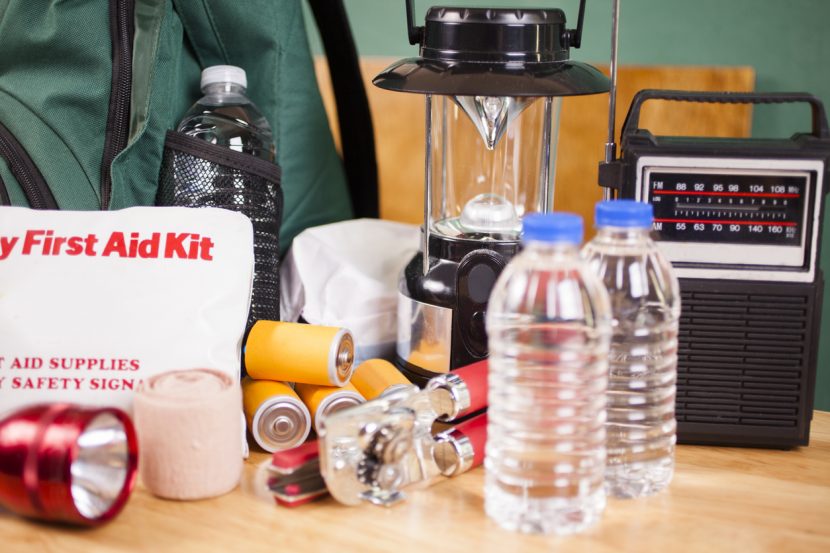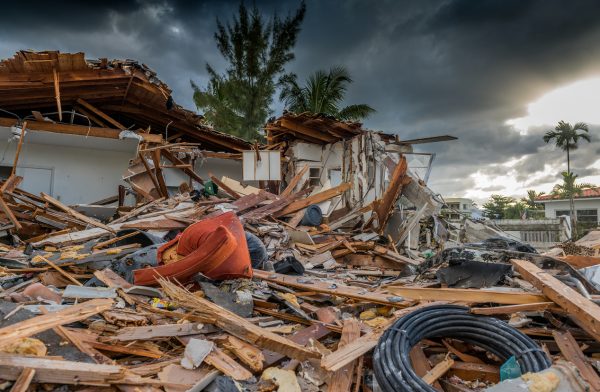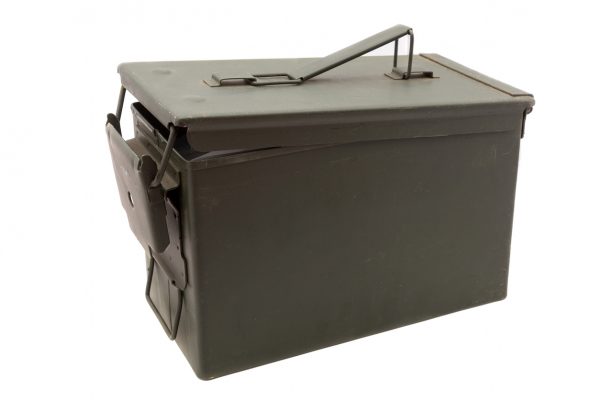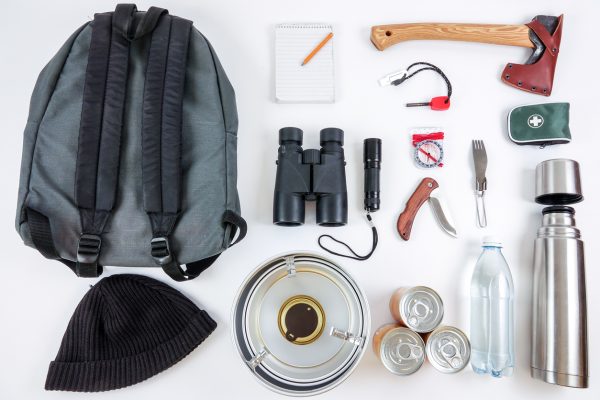How to Build and Hide a Survival Cache Part I

Stockpiling supplies is an integral part of being a prepper. We all start out by stockpiling supplies, but stockpiling is also something that never seems to end as we keep adding to our supplies. We keep finding new things that we need to stockpile or decide that we need to add a few more months’ worths of food to what we already have.
I’m just as guilty of this as anyone. Even so, Hurricane Harvey was an eye-opener for me. As I looked at the flooding in Houston, I was reevaluating my attitude about survival stockpiling – specifically the need for survival caches.

I’ve always believed in the idea of survival caches, but I didn’t necessarily take enough action on it. Yet, as I sat here in my office looking at people being rescued from their homes by the Cajun Navy, I realized that in this case there was no difference between the preppers and everyone else. The only preppers who were ahead of the game were the ones who had a survival retreat far enough out of town that it wasn’t affected by the hurricane and had bugged out before the hurricane arrived.
As for the rest of the preppers in Southeast Houston, all their stockpiles were either bobbing around in their homes or totally destroyed by the flooding. All of them, that is, except for anything that was cached safely in a remote location.
That’s when I realized that I had been negligent in my own efforts of creating caches – and note: that’s plural because one cache isn’t enough. We need different types of caches in order to handle the various different sorts of survival needs that we have. Together, our system of supply caches should provide us with everything we need to have in order to survive any sort of disaster we encounter – assuming we survive the disaster itself.
Your First Cache
Your stockpile at home is actually your first and most important cache. Since it will probably make sense to bug in for most situations, this will also be your biggest one. The only exception to this is for people who have a prepared and stockpiled survival retreat, such as a cabin in the woods. For those people, it will usually make more sense to bug out than it will to bug in.
Since your home stockpile is your main survival cache, it should also be your largest and provide everything your family needs to have in order to survive for an extended period of time. It should also contain the necessary equipment and supplies for long-term survival, such as seeds and the necessary supplies to start cultivating your own food.

Never short-change your home stockpile in order to build other caches. It is best to buy supplies specifically for those additional caches. If you do find yourself needing to take supplies from your home cache to set up remote ones, be sure to replace those supplies as soon as you can.
Your Other Caches
Since your home cache is probably already established, the next question we need to decide on is what other caches are needed. Most people would only say one additional cache, but I don’t think that’s right. If we are going to be ready for any emergency, then we need to establish our caches to fit that plan. So, ultimately, a lot is going to depend on what survival plans you come up with to meet your family’s needs for the threats you feel are the most likely to occur.
The five categories of caches listed below should take care of your needs for almost any situation. You may find that you don’t need one or more of them depending on your situation.
Survival Retreat Cache
This is your most important cache other than your cache at home. If you ever determine that you need to bug out from your home, you should have a survival retreat that you can head to. This retreat may be a cabin in the woods – like I mentioned earlier – but for most of us it won’t be. We just don’t have the funds necessary to buy such a place.
Without a cabin in the woods, my other two favorite options are a rural town or a spot in the woods that is near a rural town. In either case, the idea is to rent a mini-storage warehouse in that rural town where you can build a survival cache. This cache is also a long-term cache as you have to assume that if you bug out, you will be gone for an indefinite period of time.
One important thing that must be included in this cache, which will not be in any other, is the means of building a semi-permanent shelter. Whether this means that you have tools to build a log cabin or that you build a yurt and store it here, you must assume that if you are accessing this cache, you are going to be nearby for a prolonged period of time and will need shelter.
Alternate Location Cache
If you live in more than one location, you need to have two primary caches: one in each of those locations. For example, there are thousands of retired individuals who travel to South Texas or Florida in the wintertime to avoid the cold weather up north. These people often have a camper or small motor home for wintering in as well as their primary residence back in their home state.
If this is the case, it only makes sense to have a full survival stockpile located at both locations. Granted, the smaller home may make it harder to have a big stockpile, but some sort of stockpile is still needed. It’s also important to ensure that each stockpile has the supplies needed for that location specifically. There’s just not as much need for firewood in South Texas as there is in Minnesota.
Get-Home Cache
Everyone should have some sort of an EDC bag (everyday carry bag) that should be able to do double duty as a get home bag. This means that it has enough survival gear and emergency food to use while traveling home in the event of a disaster. It may also include other useful items that you would use to deal with the day-to-day vagrancies of life, like extra shoe laces and stamps.
If you can’t actually carry an EDC bag/get-home bag with you every day, you need to have it stashed somewhere that makes sense. For some, this means the trunk of their car – that’s where I keep mine. But if I took the bus to work rather than my car, I’d probably keep it in my desk or locker at work.
Emergency Survival Cache
An emergency survival cache is one which is located far enough away from your home or workplace so that it will hopefully survive any disaster that impacts either of those while still being within a day’s walk. This is a hard combination to come up with, but it is not impossible.

The idea behind this cache is to provide you with everything you would need to have in order to survive if you didn’t have your EDC bag, bug out bag, or another survival kit with you. Therefore, this cache needs to contain a complete survival kit as well as some food, a change of rugged clothing, and possibly even a weapon.
Such a cache might be kept at a friend’s house or buried underground. Either way, it would most likely be in a five-gallon bucket so that it is protected from the weather.
Travel Caches
Various people have different ideas, but most of us establish a survival retreat or bug out location that is somewhere between 100 and 300 miles from our homes. This means that if we are forced to go on foot, either because an EMP has taken out all cars or the highway has turned into a parking lot, the three days’ worth of food in our bug out bags isn’t going to be enough. We will need to resupply en route.
That’s the purpose of these caches. You should space them out about three days apart when walking and carrying bug out bags. This will provide you with a means of resupply as you are bugging out. Ideally, you want more than one set of these, providing you with alternate routes you can take.
Coming Next:
In the next installment of this article series, we’ll talk about what you should have in each of your caches.
